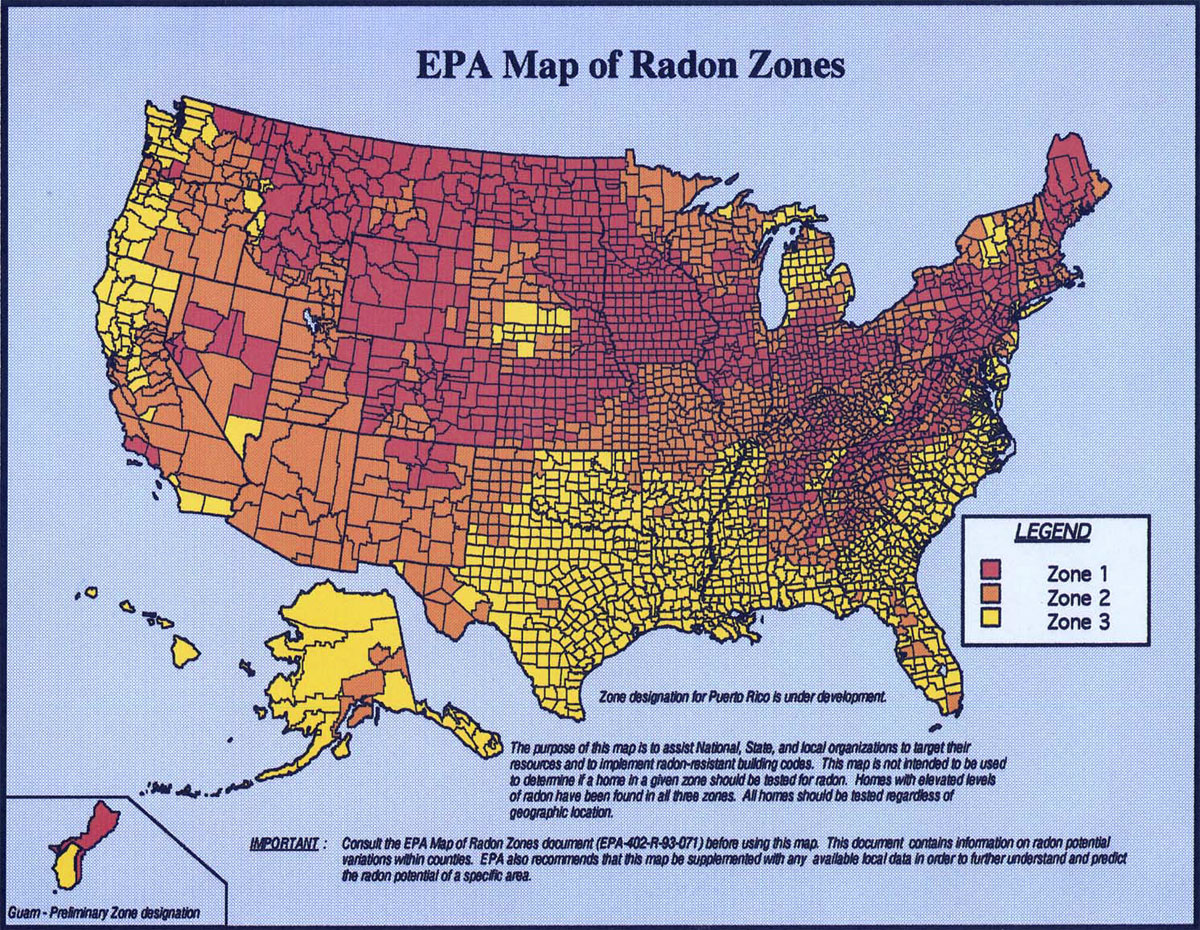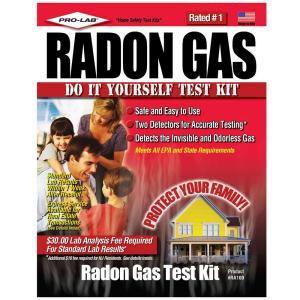Radon is estimated to cause thousands of lung cancer deaths in the U.S. each year. The EPA recommends that you test your home for radon and install a mitigation system if the level is 4 picocuries per liter or higher. Radon levels less than 4 pCi/L still pose a risk, and in many cases may be reduced. So what is the correct way to test for radon?
1. Purchase a do-it-yourself short-term test radon test kit from your local home supply store. Be sure to read the directions carefully and follow them exactly. These DIY kits are inexpensive and can be very accurate if used properly.
2. If the test comes back marginal or high, hire a local independent building inspector(here or here) or certified radon tester to do a long-term test.
There is no known safe level of radon, so if there is radon present take actions to reduce it. There are several methods to reduce radon in your home, but the most common is a vent system and fan which pulls radon from beneath the house and vents it outside. You can also try to seal all the gaps and cracks, create positive air pressure in your basement, add a fresh air exchange, or introduce fresh air ventilation into the space.






